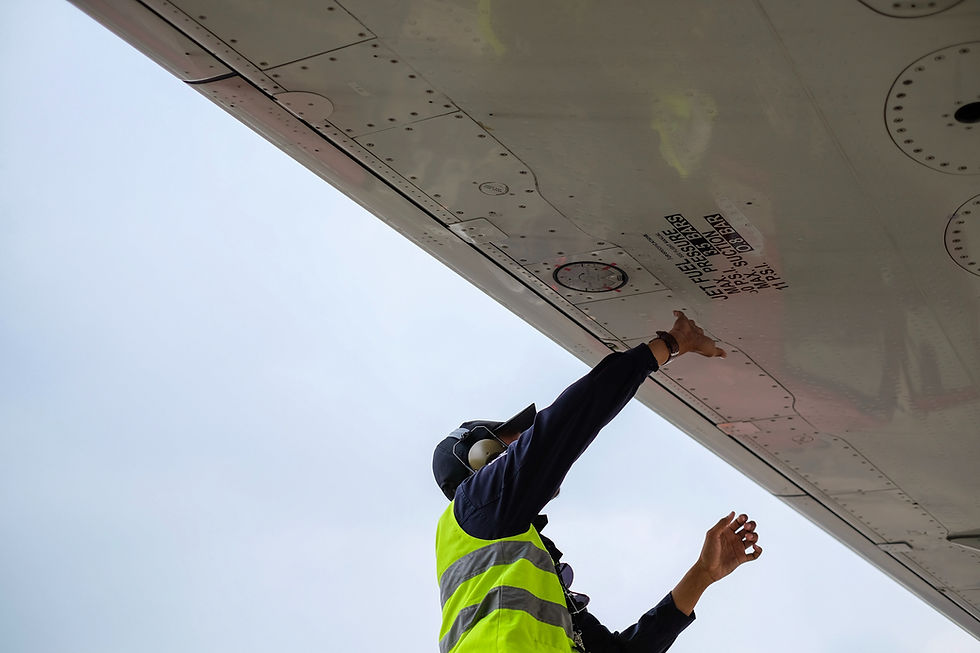
With all the trials that the aviation industry has faced in 2020, one challenge remains more important than ever: minimizing inspection and failure-related costs and maximizing the number of planes in the air. With that, more and more aircraft manufacturers are finding their answer to that challenge with Non-Destructive Testing, or NDT.
Non-Destructive Testing is a method of identifying issues such as leaks and other defects in industrial equipment and products, often used by the aerospace and commercial aviation industries. NDT techniques include visual inspection testing and magnetic particle testing, with ultrasonic testing being the most common around the world.
According to two reports from Globe Newswire, the market for NDT is projected to grow to $13.3 billion USD by 2027, up from $3.09 billion in 2019. Within this industry, the ultrasonic NDT testing equipment market is expected to register a CAGR (compound annual growth rate) of 7.5% over 2020-2025.

Although the pandemic has significantly decreased air travel in 2020 and by extension, the sale of NDT equipment to the commercial aviation industry, there is still a steady transition towards using non-destructive testing techniques for aircraft inspection. One of the biggest drivers of this growth includes a growing awareness of commercial aircraft safety and reliability.
In recent years, there have been more stringent quality control and safety regulations on the aviation industry, particularly in developing countries. Aircraft manufacturers are finding NDT to be one of the most effective solutions for tests like stress and structural analysis, as well as flaws and leak detection. The efficiency and adaptability of NDT techniques such as ultrasound testing allow manufacturers to lower costs and man-hours needed for inspection and minimizes the time that the aircraft stays grounded.
Specifically for acoustic ultrasound testing, as recorded by the use of the CTRL UL101 Troubleshooter:
A pitot static system check is reduced from 4 hours to 30 minutes
Cabin pressure testing is reduced from 8 hours to 15 minutes
An engine air bleed check is reduced from 2 hours to 15 minutes
Within the NDT market, North America (and specifically the US) remains the leader in using this technology for predictive maintenance, with the oil and gas industry adapting more of the technology. Demand for advanced material testing is also on the rise in the US, Canada, and Mexico. Asia Pacific is expected to see the fastest growth between 2020 and 2027 with the development of power generation verticals in China and India.
CTRL Systems is the industry leader in NDT acoustic ultrasound with commercial aviation solutions for monitoring pressurization, locating air conditioning, pitot static, and oxygen leaks, conducting bleed air checks, and more. To see if acoustic ultrasound is right for you, contact one of our Ultrasound Experts today for a quote or demo!
Comments